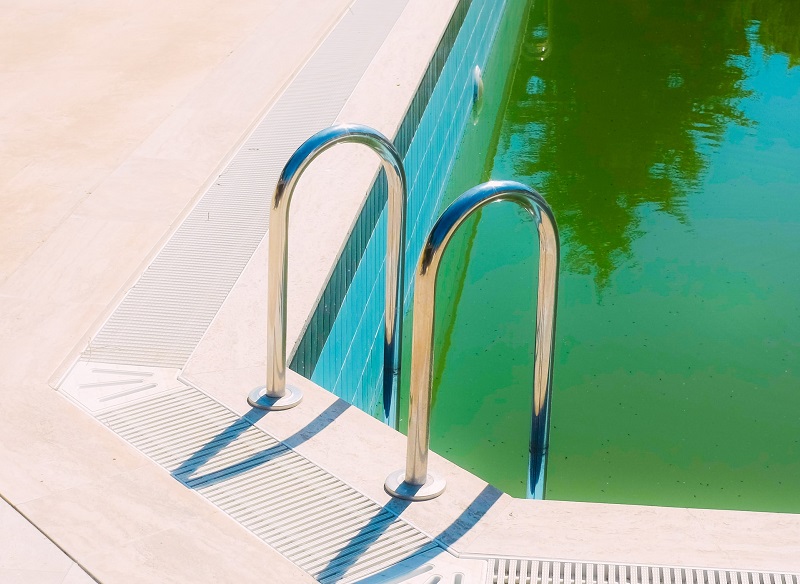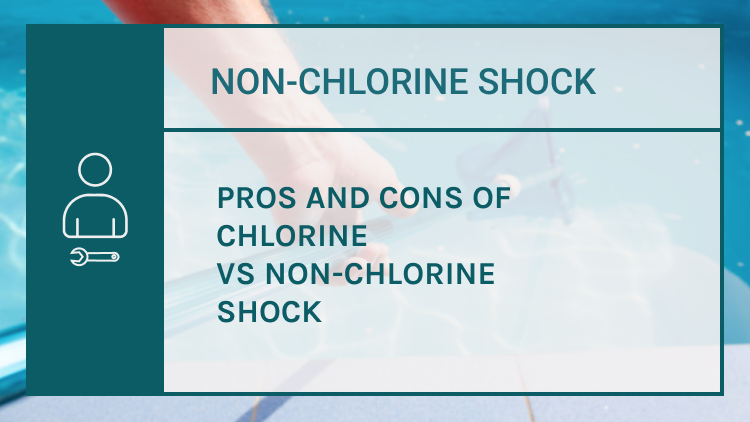We all started our pool ownership journey thinking the word shock was just shock, right? Think again. There are several different “flavors” of shock, such as Cal Hypo, Lithium Hypo and Dichlor, and non-chlorine shock, also referred to as MPS.
Sutro pool chemical monitor can help you avoid the need to shock as often by monitoring your chlorine level and alerting you with treatment recommendations before your chlorine gets so low that you find yourself fighting to clear your green water.
Let’s take a look at what non-chlorine shock is, as well as the pros and cons of chlorine and non-chlorine shock and when to use each.
What is non-chlorine shock?
MPS stands for monopersulfate. It works the same way chlorine shock does, by oxidizing waste, but it isn’t quite as effective at destroying certain types of algae or bacteria.
In essence, non-chlorine shock helps eliminate contaminants in your pool or hot tub water.
Pros and cons of chlorine vs non-chlorine shock
Chlorine
Pros:
- Acts fast
- Oxidizes organic contaminants
- Removes chloramines (combined chlorine) and ammonia
- Kills algae and bacteria efficiently and very effectively
- Cheaper than chlorine free shock
Cons:
- Granular shock needs to be dissolved before adding to prevent damage to some pool finishes
- You have to wait 12 to 24 hours before swimming
- Cal Hypo adds calcium, and Dichlor adds cyanuric acid (CYA)
- Raises pH
- A bit more hazardous to store and use
- Can cause cloudy water when first added and needs to fully dissolve to clear up
Non-chlorine
Pros:
- Acts fast, no cloudy residue
- No effect on pH
- Oxidizes organic contaminants
- Removes chloramines (combined chlorine) and ammonia
- Doesn’t need to be dissolved and can be added directly to water
- No waiting before swimming
- Doesn’t fade vinyl lined pools or swim suits
- Doesn’t add calcium or cyanuric acid (CYA)
Cons:
- More expensive than other forms of shock
- May raise pH and Alkalinity over time
- Not very effective for algae treatment
- Not very effective for bacteria treatment
When to use chlorine or non chlorine shock


So which one should you use? Well, both types of shock can help break apart combined chlorine and also oxidize organic contaminants, but chlorine is a better solution if you are fighting algae or bacteria and will obliterate them when brought to bear.
If your water is clear and you just need to reduce combined chlorine or get ahead of organic contaminants such as leaves, dirt, or body oils then non-chlorine shock is your weapon of choice.
Sutro smart pool monitor was designed to help you prevent algae outbreaks and maintain clean and clear water with very little effort.
We help you be proactive on your water chemistry by testing free chlorine, total alkalinity, and pH multiple times per day and giving you recommendations on what to add and how much to add based on your favorite chemical brands.
